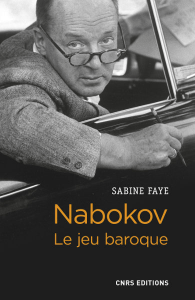
Vladimir Nabokov (1899-1977), l’auteur célèbre des romans Lolita et Ada, est un écrivain aux multiples facettes. Imprégné de culture classique, passant d’une langue à l’autre, d’un pays à l’autre, il se démarque de ses contemporains et crée une oeuvre jubilatoire qui joue avec les codes et les conventions littéraires.
Les habitudes de perception du lecteur sont constamment mises en question : une telle indétermination favorise les jeux d’illusions et les dédoublements caractéristiques de l’esthétique baroque. Le masque et le miroir sont les instruments privilégiés de cette écriture poétique.
C’est cet univers en perpétuelle métamorphose, où se mêlent mise en abyme du récit, rêves et trompe-l’oeil, qui nous est présenté en détail dans cet ouvrage.
Sabine Faye est maître de conférences au département d’anglais de l’université Paris III-Sorbonne Nouvelle où elle enseigne la littérature, la peinture et le cinéma anglo-américains.
Lien ici

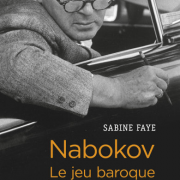
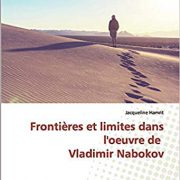
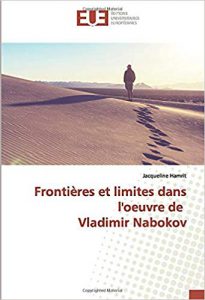
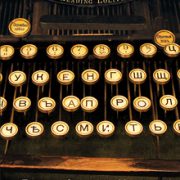
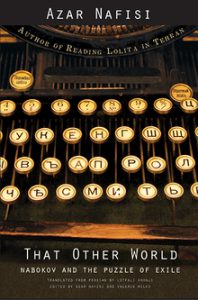 The foundational text for the acclaimed New York Times and international best seller Reading Lolita in Tehran
The foundational text for the acclaimed New York Times and international best seller Reading Lolita in Tehran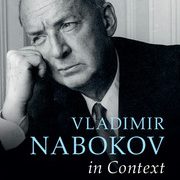
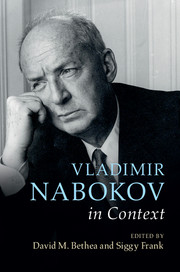

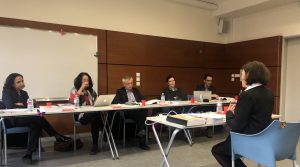
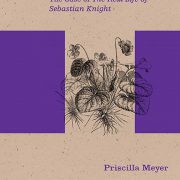
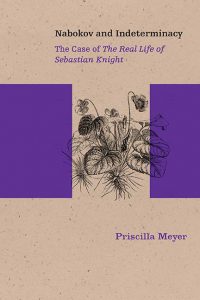
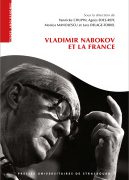
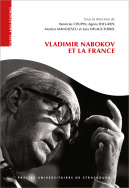 L’ouvrage Vladimir Nabokov et la France explore un espace de recherche vaste et peu balisé : l’invention de la France dans l’œuvre de Nabokov et l’étude interdisciplinaire de son héritage français. L’écrivain russo-américain a entretenu avec la langue et la culture françaises une relation riche et intense dont la complexité se dévoile dans ce volume, qui ouvre un nouveau champ dans les études nabokoviennes à la croisée de plusieurs disciplines (études américaines, comparées, françaises et slaves) et de plusieurs formations (linguistes, narratologues, philologues, traducteurs et artistes).
L’ouvrage Vladimir Nabokov et la France explore un espace de recherche vaste et peu balisé : l’invention de la France dans l’œuvre de Nabokov et l’étude interdisciplinaire de son héritage français. L’écrivain russo-américain a entretenu avec la langue et la culture françaises une relation riche et intense dont la complexité se dévoile dans ce volume, qui ouvre un nouveau champ dans les études nabokoviennes à la croisée de plusieurs disciplines (études américaines, comparées, françaises et slaves) et de plusieurs formations (linguistes, narratologues, philologues, traducteurs et artistes).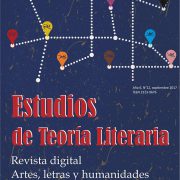
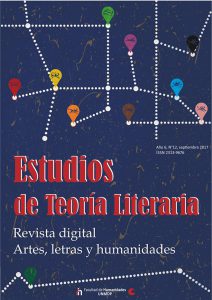
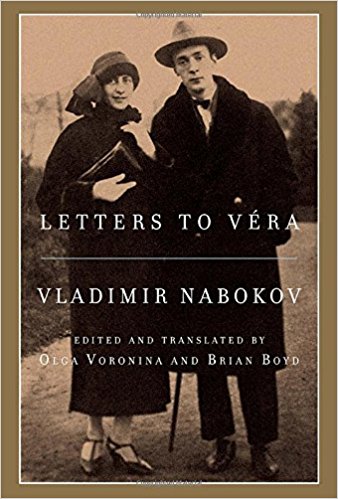
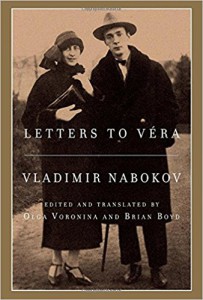 s beguiling as that of Vladimir Nabokov’s to Véra Slonim. She shared his delight in life’s trifles and literature’s treasures, and he rated her as having the best and quickest sense of humor of any woman he had met. From their first encounter in 1923, Vladimir’s letters to Véra form a narrative arc that tells a half-century-long love story, one that is playful, romantic, pithy and memorable. At the same time, the letters tell us much about the man and the writer. We see the infectious fascination with which Vladimir observed everything—animals, people, speech, the landscapes and cityscapes he encountered—and learn of the poems, plays, stories, novels, memoirs, screenplays and translations on which he worked ceaselessly. This delicious volume contains twenty-one photographs, as well as facsimiles of the letters themselves and the puzzles and doodles Vladimir often sent to Véra. »
s beguiling as that of Vladimir Nabokov’s to Véra Slonim. She shared his delight in life’s trifles and literature’s treasures, and he rated her as having the best and quickest sense of humor of any woman he had met. From their first encounter in 1923, Vladimir’s letters to Véra form a narrative arc that tells a half-century-long love story, one that is playful, romantic, pithy and memorable. At the same time, the letters tell us much about the man and the writer. We see the infectious fascination with which Vladimir observed everything—animals, people, speech, the landscapes and cityscapes he encountered—and learn of the poems, plays, stories, novels, memoirs, screenplays and translations on which he worked ceaselessly. This delicious volume contains twenty-one photographs, as well as facsimiles of the letters themselves and the puzzles and doodles Vladimir often sent to Véra. »